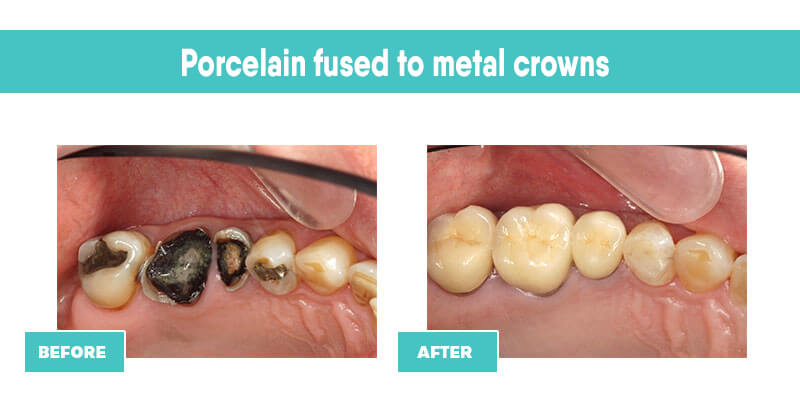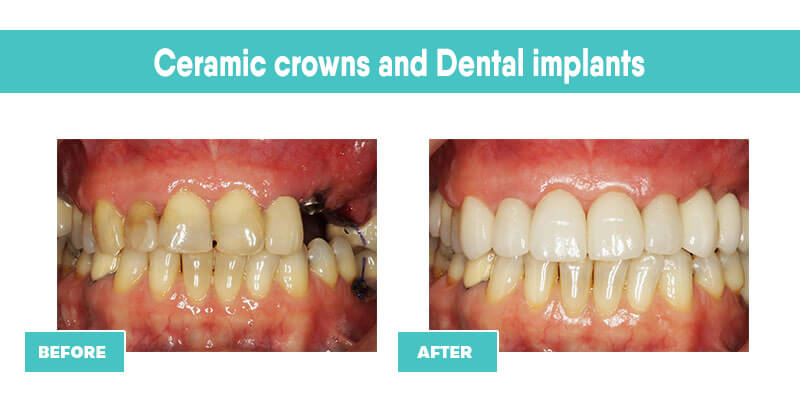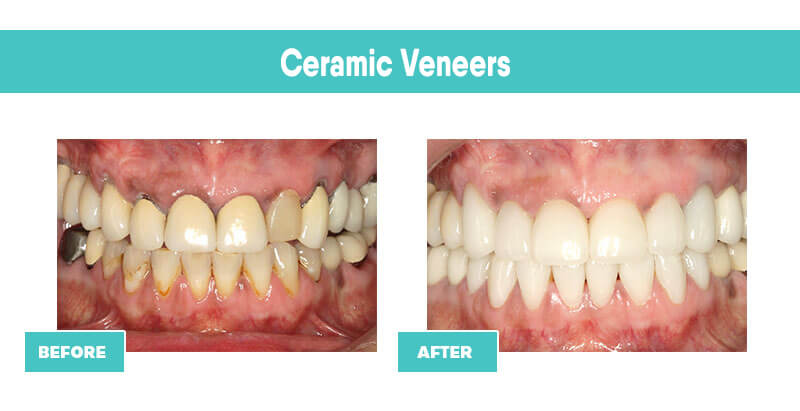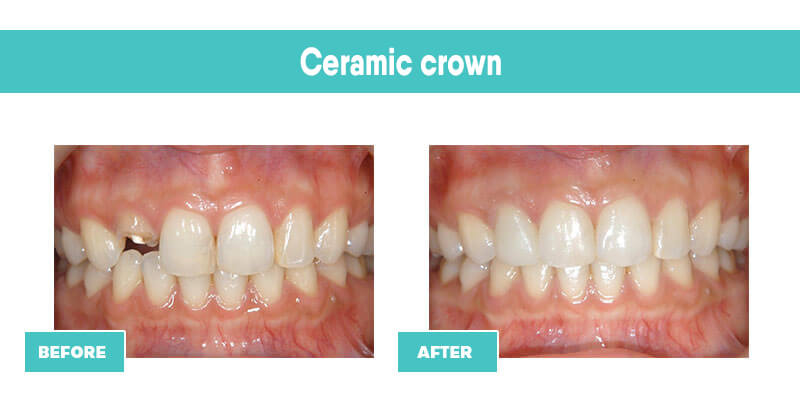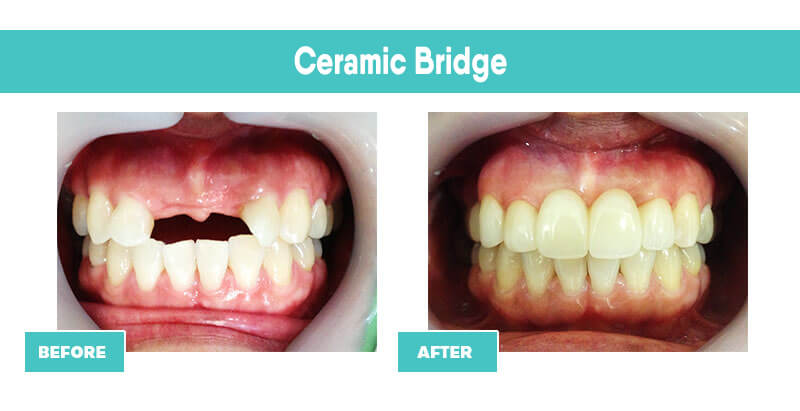Dental Prostheses

 Dental Prostheses
Dental Prostheses
Dental prostheses is an intraoral prostheses that used to restore intraoral defects such as missing or deficient teeth by the use of dentures and other artificial dental methods to replace the lost natural teeth . It is better to replace missing teeth for several reasons such as ;
1. Chewing ability is improved by replacing teeth in edentulous area and this can help distribute the load favorably and prevent in excessive loading of the remaining natural teeth.
2. Losing teeth can cause the face to look older than actual age. The replacement of teeth can help support facial shape and make your look more youthful.
3. To help you restore your speech. Especially in the front teeth, there is improvement in pronouncing words containing sibilant sounds.
4. To improve self-confidence in the ability to interact socially with a natural-looking smile.
5. To help prevent food particles from batting the gums where tooth is missing which may cause gingivitis or gum diseases
Two types of Dental prostheses are available ;
1. Removable dental prostheses are dental restorations that can be removed by the patient for cleaning or while they sleep to allow the tissue under the denture to rest. Dentures are the most common removable dental prosthesis.
Removable dentures are a common cost-effetective way to replace missing teeth especially when multiple teeth are lost and to fill out the contours of the face and lips. They include partial dentures or full dentures, depending on how many teeth need to be restored.
Today's dentures are natural looking and more comfortable than ever. However, chewing efficiency is greatly reduced when comparing to natural teeth and dentures apply pressure to the underlying soft tissues and bone, which may resorb over time. This can make the denture fit poorly after a very long time of denture wearing.
The first week of denture wearing, there will be expect soreness or irritation in a couple of areas. It will be a new sensation and discomfort that will take you a period of time to adjust. The dentists will arrange a follow up appointment a few days or a week later to see how you are getting on.
There are three types of partial dentures:
1.Acrylic Denture is made of pink hard acrylic base plate with teeth attached. It is generally considered more of a temporary. The cost of an acrylic partial denture is less than a cast metal partial denture. Acrylic denture is often bigger and more bulky but strength is less than the metal. Acrylic is tend to break more easily and will pick up stains and odors but the metal will not.
2. Metal Partial Denture is made of a metal framework with teeth attached. It is smaller, thinner, have excellent fit and retention, very strong and durable than an acrylic denture . it is generally considered as a final prosthesis.
3. Valplast Partial Denture (Flexible Denture) is made of flexible plastic. It is slightly flexible and easy to adapt to soft tissues in comparison to acrylic and cast metal partial dentures. It is great for a single missing tooth. The flexible plastic clasps are the same color as your gums and look very naturally.
When you first wear new dentures, allow some time for adaptation in speaking, eating, as well as feeling of something uncomfortable in your mouth. Oftentimes, the new dentures are found to be loose, causing more saliva spill, uncomfortable feeling about the tongue, or little irritation. These are normal reactions of cheeks, tongue, and oral tissues. Normally, adaptation to a new prosthesis is about 1-2 weeks. However, if after some time of wearing dentures you still feel the pain at chewing, please see your dentist to fix the problem.
2. Fixed dental prostheses are recommended in cases of a couple teeth loss. Bridge replacement gives similar feelings to that of natural teeth, better than removable dentures. They feel comfortable and allow normal force at chewing. With this type of dentures, the dentist will prepare the teeth next to the lost teeth to make a bridge by attaching the teeth on both ends of the lost teeth. This type of dentures is not suitable for those who lost multiple teeth. Moreover, a proper cleaning routine is required for this type of dentures because if it is not clean enough, it can cause tooth decay underneath the bridge or gum diseases which will reduce the life of the crowns and must be removed later.
Dental Crown is a type of dental restoration that is placed over a tooth to restore natural tooth by improving the strength or appearance of tooth. Crowns can be made from many materials, which are usually fabricated using indirect methods. Dental crown may be needed in the following situations:
.1. Large dental fillings
or there are decays in multiple sides of the tooth. For regular filling may place the tooth at greater risk for breaking but crowns can be used to keep the remaining natural tooth by reinforces and strengthens a tooth.
2. Cracked, broken tooth
The cracked or broken teeth cannot be repaired by filling due to the weak tooth structure. Crown is the method that keeps the cracked tooth in one piece which can prevent future cracks.
3. Severely eroded tooth
Tooth erosion is caused by too heavy chewing or eating too much acidic foods, resulting in tooth erosion too severe to be fixed by filling. For this case, crown will help protect the remaining tooth structure.
4. After root canal treatment
Root canal treatment causes the loss of some teeth and the structure weaker than naturally is, leading to the potential cracks. In general, after the root canal treatment, the dentists will recommend crown with dental post or pin to promote strong tooth structure and support normal chewing force.
